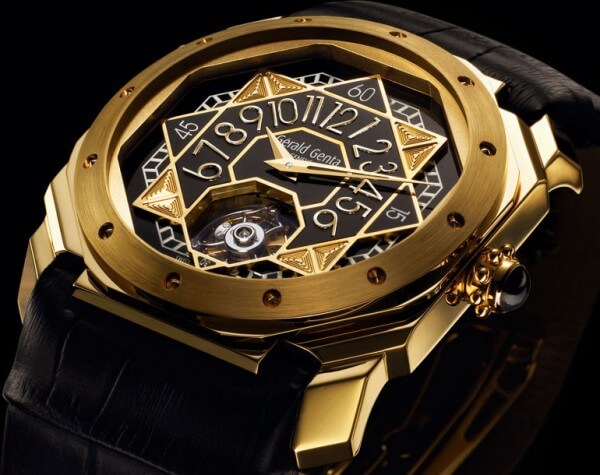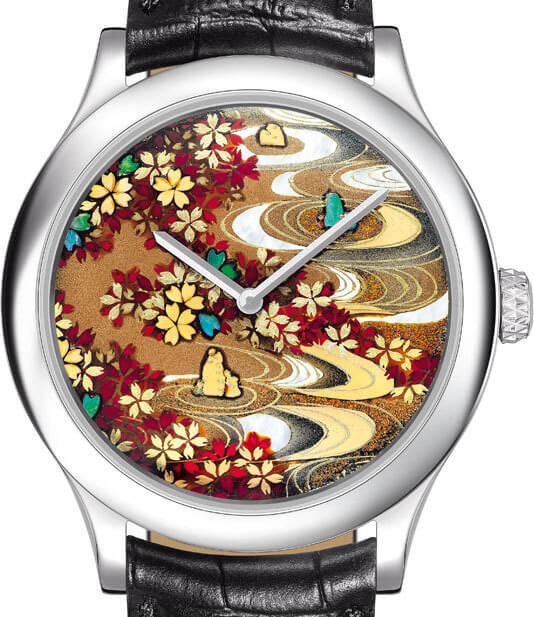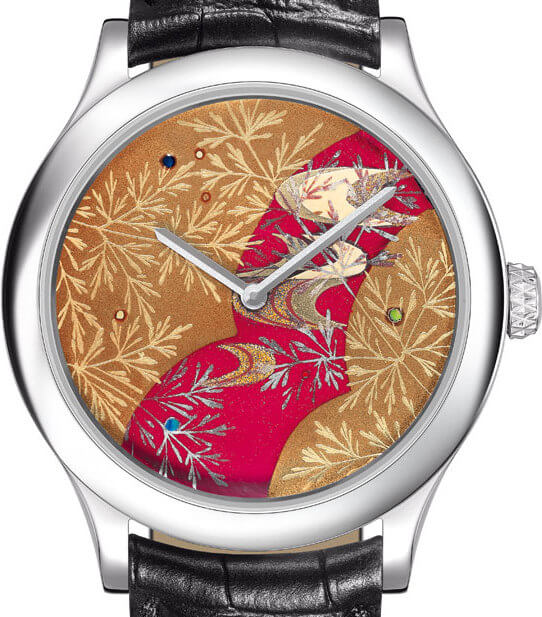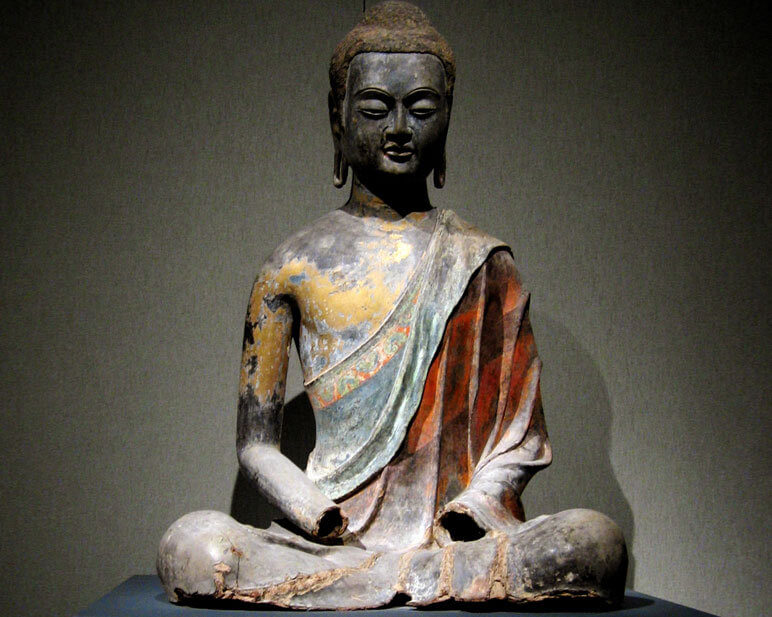Certain watchmakers are unswerving in their devotion to the applied arts, to the preservation and promotion of a knowledge that gives Fine Watches their inimitable “flavour.” In the past, their attention has focused almost exclusively on enamel, engraving and stone-setting. Now it also encompasses techniques that are little-known in Europe, with Japanese lacquer. Granted, certain models have given us a foretaste of what lacquer can achieve, such as the Cartier Roadster with pink lacquer dial, the black lacquer dials of the Chanel diamond markers, Universal Microrotor UG 101, Rolex Submariner 6538 and Gérald Genta Octo Tourbillon Sunray, or the Atmos Réédition 1930 by Jaeger-LeCoultre, this time with grey lacquer dial, but none explore the full range of possibilities of lacquer as a veritable art form.

"Make time stand out"
As the last Salon International de la Haute Horlogerie revealed, watchmakers’ incursions into lacquer are no longer so timid. With their new Les Métiers d’Art – La Symbolique des Laques and Cadrans Extraordinaires – Midnight Extraordinary Japanese Lacquer collections, Vacheron Constantin and Van Cleef & Arpels, respectively, have brilliantly demonstrated the full extent of these techniques, straight from Japan. Van Cleef & Arpels has gone even further in its espousal and called on the Japanese lacquer artist Hakose San to act as master dial maker for the firm.
From his hands come five traditional landscapes, the classical source of inspiration for these artists. They enhance timepieces which, in Van Cleef & Arpel’s words, “contrast the discretion and purity of the Midnight case with the exquisite and delicate precision of lacquer work.” Says Chief Executive Stanislas de Quercize, “The Cadrans Extraordinaires collections must express all the emotion of the artist’s work. If, as Dostoyevsky said, beauty will save the world, these models can help us become better people while making time stand out.”

The crown jewel of ancestral techniques
Similar metaphysical musings are in the air at Vacheron Constantin, where lacquer reigns supreme as the Manufacture’s chosen art in 2010. “After Les Masques, we wished to return to more poetry and elegance,” observes CEO Juan-Carlos Torres. “We aim to cover the entire watchmaking palette with characteristic but no less surprising products, and we also apply this philosophy through the applied arts. Each year for the next three years, we will issue a set of three watches, each with two lacquered dials. Each set will be proposed as a limited edition of twenty.”
As the Manufacture explains, “The incredible reaction to the Métiers d’Art – Les Masques collection, born of the encounter between Vacheron Constantin and Geneva’s Barbier-Mueller Museum, has only strengthened the watch manufacturer’s conviction that today, more than ever, it is important to match the cultural and artistic trades with watchmaking of the highest technical quality. Now the brand is opening up a whole new horizon for combining watchmaking and decorative techniques by offering for the first time a Métiers d’Art collection in which part of the work is done outside Geneva, and in fact on a far-off continent since the mysterious term maki-e refers to the crown jewel of traditional ancestral Japanese lacquer techniques.” (see below).
Assuredly, Vacheron Constantin has created the desired element of surprise. Countless professionals are quick to condemn the slow death of these ancestral arts, the consequence of insufficient outlets, falling demand, or a lack of commissions that challenge these craftsmen and women to produce extraordinary works of art. Now Vacheron Constantin and Van Cleef & Arpels give a lie to this pessimistic mood with timepieces that leave the observer speechless in admiration. This exploration of new artistic avenues further demonstrates a perceptiveness without which these techniques, so very much a part of Fine Watchmaking, could not survive.




















